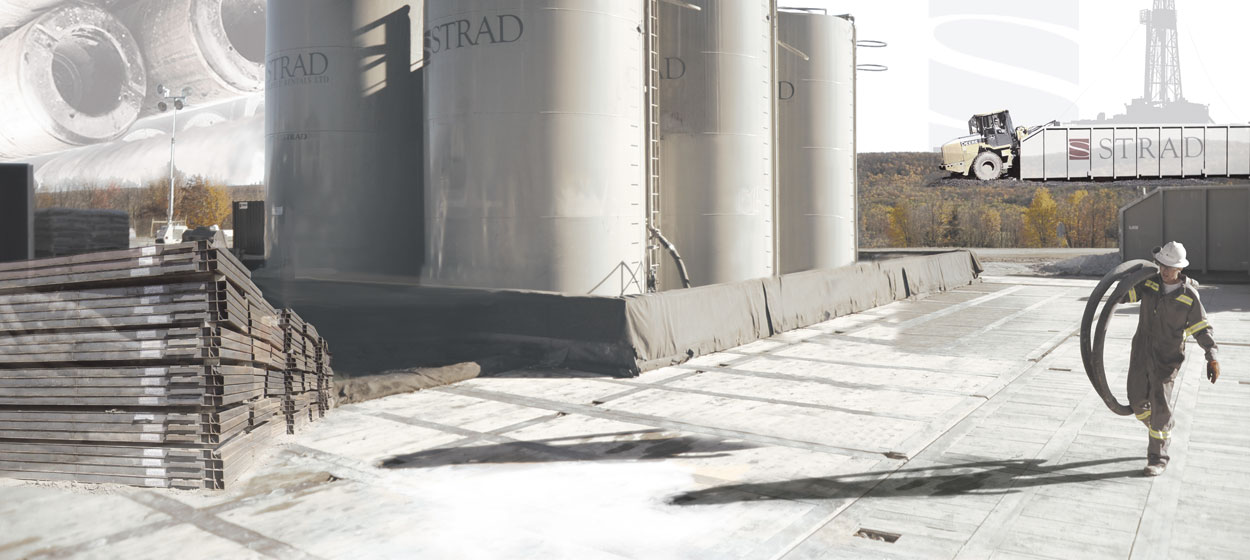Business
Storing The Byproducts: Production Tanks, Shale Bins, and Modern Industry

The modern industrial mining business produces more waste (water, mud, sludge, broken rock, etc.) then most people can believe until they’ve seen it for themselves. Dealing with these industrial byproducts is a major concern for businesses – even outside of government regulations and protecting the environment, no business actually wants to keep pulling the same material out of the way.
In other words, properly disposing of byproducts is good business sense. Unfortunately, most locations don’t have a convenient drop-off zone where the bulky materials can be placed without compromising the rest of the operations, so how are things actually removed?
In many cases, the option of choice is a Shale Bin – a type of large, roofless container that businesses can pump massive quantities of mud and other liquid byproducts into. When attached to trucks and other vehicles, these can be moved as frequently as necessary, minimizing the interruptions of the business. However, things can get more complicated than that.
Production Tanks are a long-term storage solution, often partnered with the Shale Bins that serve as individual transport. Most people, from the outside, look at these gargantuan tanks as little more than empty space designed to hold materials. This isn’t wrong, exactly, but it misses a key detail of modern manufacturing technology: the ability to separate many kinds of waste that are dumped in. In fact, the best production tanks can do things like remove solids from liquids and help to sort through everything that’s pumped in, making it that much easier to take what you want and get rid of the rest.

Industrial operations are very good at producing material in bulk. Thus, even a relatively small percent of worthwhile material extracted from waste products can be valuable to the company. If nothing else, it can make it easier to comply with government regulations and ensure that the dig site can continue its operations.
Now that you know a little more about the transportation and storage of byproducts, here are some other facts about the industries.
-Many shale bins are built with walls between 1/4″ and 1/2″ thick. While this may not sound like much, it’s significantly tougher than just about any smaller tank on the market, especially because these bins are meant to take the impact of heavy materials being dumped in and come out of it without trouble.
-Cross-contamination can be a problem in some operations. Shale bins are occasionally lined with an epoxy interior that’s all-but-impossible for byproducts to harm… And allows for the interior to be completely cleaned when washed out.
-Production bins can be created with a wide variety of additional features, such as heating or cooling systems that allow businesses to regulate the temperature of whatever they’re storing. This has a wide variety of uses, including breaking down tougher materials for easier disposal later on.
-Despite the name, thief hatches aren’t meant to stop or trap people. Instead, they offer ways into the tank, so engineers can check on the pressure and contents. Production tanks are built to incredible standards when it comes to dealing with pressure, but there’s a limit to everything, and these hatches can make all the difference.
Shale Bins and Production Tanks help to store the massive quantities of material that are produced when mining and digging in the modern world.
-

 Tech11 years ago
Tech11 years agoCreating An e-Commerce Website
-

 Tech11 years ago
Tech11 years agoDesign Template Guidelines For Mobile Apps
-

 Business6 years ago
Business6 years agoWhat Is AdsSupply? A Comprehensive Review
-

 Business10 years ago
Business10 years agoThe Key Types Of Brochure Printing Services
-

 Tech8 years ago
Tech8 years agoWhen To Send Your Bulk Messages?
-

 Tech5 years ago
Tech5 years ago5 Link Building Strategies You Can Apply For Local SEO
-

 Law5 years ago
Law5 years agoHow Can A Divorce Lawyer Help You Get Through Divorce?
-

 Home Improvement6 years ago
Home Improvement6 years agoHоw tо Kеер Antѕ Out оf Yоur Kitсhеn































